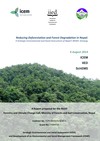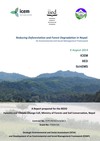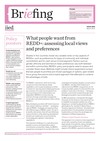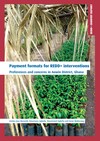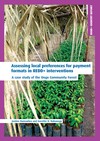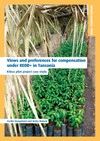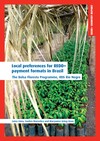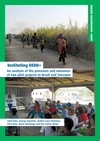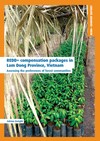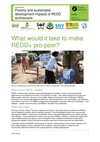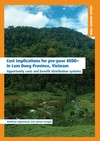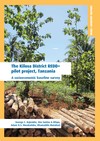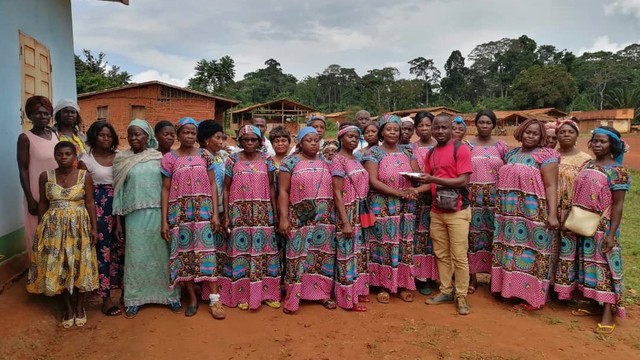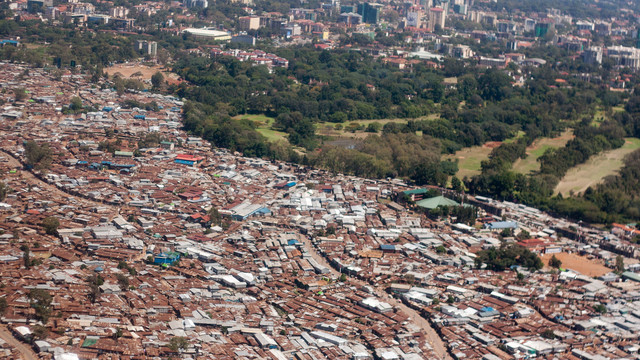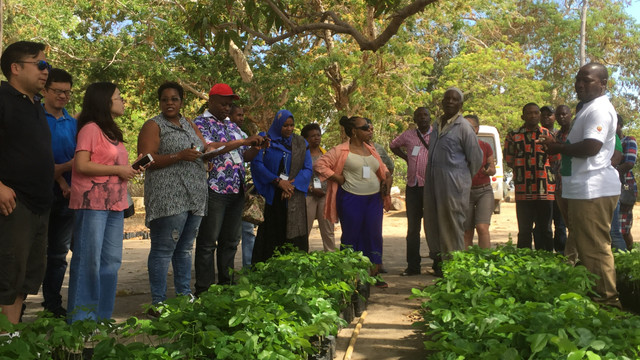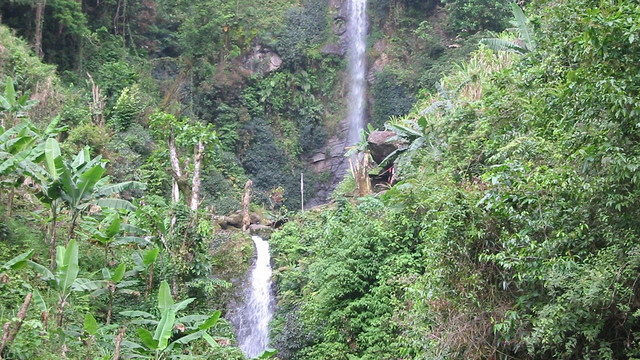Designing REDD+ to promote sustainable development and reduce poverty
From 2009-13 this IIED project looked at how REDD+ could be designed to promote sustainable development and reduce poverty, as well as reduce deforestation and forest degradation.
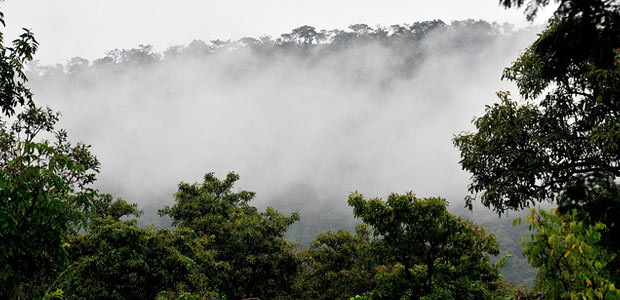
We investigated the practical economics behind different delivery mechanisms and the relative costs and benefits of different options for:
- The way REDD+ programmes can be designed, and
- International, national and sub-national level policies.
The project focused on three countries in sub-Saharan Africa – Ghana, Tanzania and Uganda – where REDD+ was relatively new, together with Brazil and Vietnam, where there were already established programmes to provide incentives to reduce deforestation or increase forest cover.
Potential pro-poor impacts of different REDD+ models
Teams in each of the focus countries analysed models – many based on existing agro-forestry and payment for ecosystem services (PES) systems – which could be used for REDD+. These were all potentially pro-poor, as they involved smallholder farmers and forest-dependent communities.
The aim was to determine whether these pro-poor approaches could be cost-effective, taking into account opportunity costs as well as transaction costs, in particular, and the costs of social safeguard measures, such as benefit distribution systems. To find out more, read this briefing on the costs of REDD on a forest reserve in the Amazon region.
How do countries achieve 'high-biodiversity REDD+' in practice? This briefing presents a range of national and international policy options. Policy choices at local, national or international levels in these countries were also examined to see whether these supported pro-poor REDD+ models, and how they affected the cost-effectiveness in terms of cost per unit of emission reduction.
Poverty reduction in existing pilot projects
In each of the five countries, IIED and partners worked with selected REDD+ pilot projects to track implementation and improve understanding of their impacts on poverty reduction.
A key part of this work was a baseline survey of socioeconomic conditions of households, conducted in each pilot area prior to the initiation of REDD+ activities. Read a report with a synthesis of the five baseline surveys. The costs involved were also documented, in particular the transaction costs for the set up and operation of these pilot projects.
Lastly, we explored the relative merits of different types of payment formats from the perspective of the communities involved through focus group discussions and choice experiments (surveys of their preferred choices).
REDD+ activities were piloted in:
- Rio Negro Environmental Protected Area (APA) in Amazonas State, Brazil
- Aowin Suaman District, Western Region, Ghana
- Kilosa District, Morogoro Region, Tanzania
- Ongo Community Forest, Masindi District, Uganda, and
- Cat Tien and Bao Lam Districts, Bao Lam Province, Vietnam.
Publications
Additional resources
REDD+ for profit or for good? Review of private sector and NGO experience in REDD projects, Isilda Nhantumbo, Marisa Camargo (2015), Issue paper
Partners
Norway: Norwegian University of Life Sciences (NMBU)
Brazil: Fundação Amazonas Sustentável
Ghana: Hamilton Resources
Vietnam: SNV
Tanzania: Sokoine University
Uganda: Makerere University

